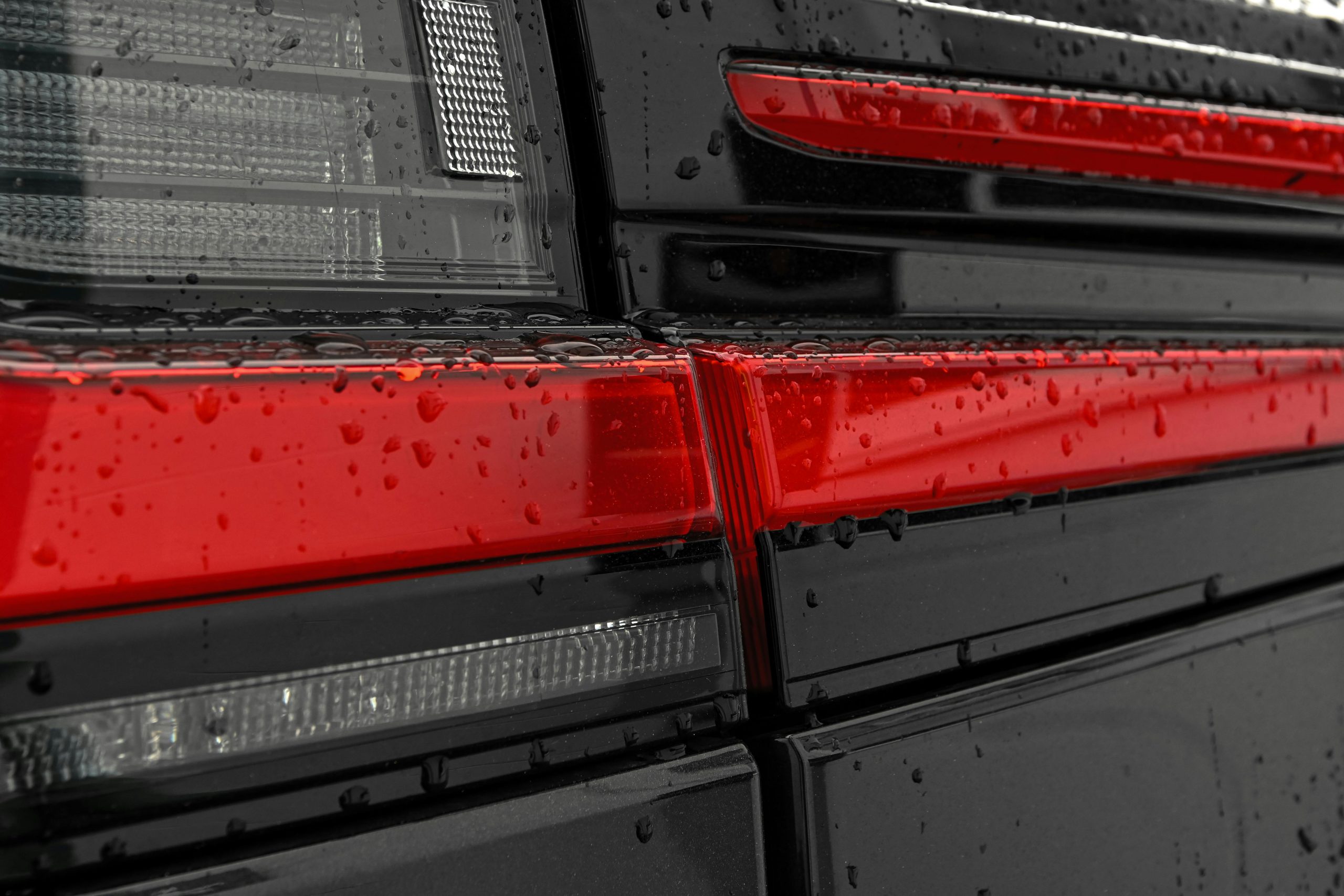Optimizing Lottie Animations in Web Development: Preloading Frames for Smooth User Experience
When enhancing website interactions with animations, ensuring smooth performance is crucial—particularly during the initial load. Recently, I encountered a challenge while replacing a Lottie animation with CSS-driven image sequences in a personal project. My goal was to preload all animation frames to eliminate flickering and layout shifts during user interaction.
Background:
The project involved transitioning a site originally built in Webflow to hand-coded HTML, CSS, and JavaScript. I wanted to recreate a 3D rotation effect on energy cans that triggers on hover, similar to a Lottie animation. Instead of using Lottie, I tried simulating the effect by cycling through a series of images.
The Issue:
The first time a visitor hovers over the energy cans, all image frames load simultaneously, causing a noticeable flicker and a shift in layout. To improve this, I attempted to preload all images programmatically using JavaScript, aiming for a seamless hover experience. Unfortunately, these efforts didn’t yield the desired result—the images still appeared to load during interaction, leading to a subpar user experience.
Solution Insights:
Preloading image frames effectively is essential for smooth CSS or JavaScript animations that rely on multiple assets. One approach is to proactively load all frames during the initial page load, ensuring they are readily available when needed. Here’s a general strategy for preloading images:
javascript
const frameCount = 10; // number of frames in your sequence
const imagePaths = [];
for (let i = 1; i <= frameCount; i++) {
const img = new Image();
img.src = `path/to/frames/frame_${i}.png`;
imagePaths.push(img);
}
By executing this code during the page’s initial load, all frames are cached in the browser. When the user hovers, the animation can quickly cycle through these preloaded images, resulting in a smoother experience without flickering or layout shifts.
Additional considerations include:
– Using low-resolution placeholder images initially and replacing them with high-res assets after preload.
– Leveraging modern techniques like CSS sprite sheets or WebP animations for more efficient performance.
– Ensuring your images are optimized for web delivery to reduce load times.
Here’s a link to the live project for reference:
https://mitchangus.design/LiftOff
Final thoughts:
Replacing complex animations with CSS or JavaScript sequences requires

